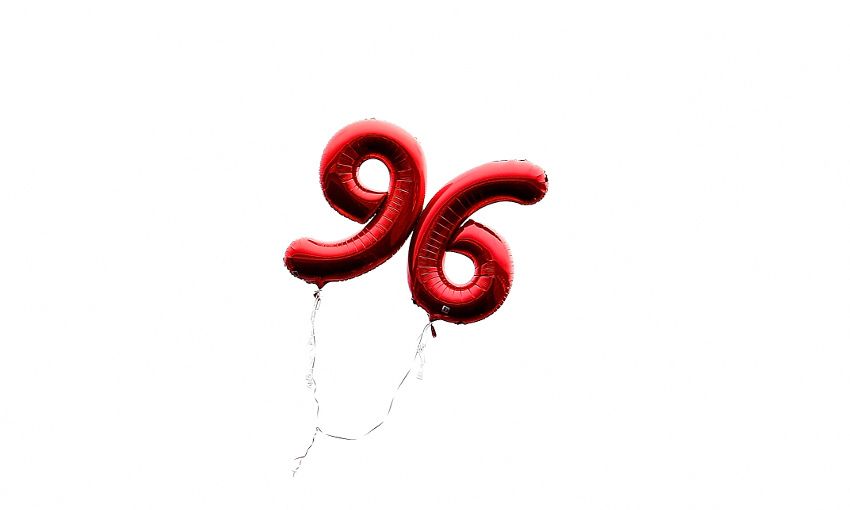Hillsborough inquests - November 25
The Hillsborough inquests commenced on March 31, 2014 and are the subject of reporting restrictions that have been imposed by the Attorney General's office. Liverpool Football Club is respectful of these restrictions and will therefore only be making available updates from other media channels for the duration of the inquest.

The report below - and the witness testimony contained within it - does not necessarily reflect the views of Liverpool FC. Please be aware that the reports on these pages will contain evidence about the day of the disaster which may be distressing.
To view archive reports from each day of the inquest hearings, click here.
Courtesy of the Liverpool Echo - November 25
A twitch felt in a teenager’s neck could have indicated he died while on the pitch at Hillsborough, a medical expert told the inquests.
But, intensive care expert Professor Jerry Nolan told the court, in Birchwood Park, Warrington, that 19-year-old Gary Church was likely to have already been dead when police officers and an off-duty doctor tried to revive him.
The court heard Gary, from Seaforth, went to the match on April 15, 1989, with friends including 17-year-old Simon Bell and Christopher Devonside, 18, who also died.
He was last seen alive in the pen at about 3pm, when friend James Thomas described Gary asking him for help in the crush.
Footage showed Gary being carried onto the pitch by police officers at 3.25pm and later being given resuscitation by them.
One officer, Roger Haigh, said he felt a slight movement when checking Gary’s neck for a pulse, but couldn’t be sure if it was a twitch or muscular movement, rather than a sign of a heartbeat.
Gary was also shown being given CPR by off-duty radiologist Dr Matthew Bull.
Prof Nolan said: “In the main it doesn’t appear that there was any response to the CPR.
“I think the only question mark is this feeling that, I think it’s PC Haigh, detected a twitch or something in his neck at one point.
“It is not entirely clear to me what that represents.
“It is just possible he could have felt very, very briefly a pulse, that is one possibility, or that there was a slight twitching movement associated with the CPR.
“It could have just been movement with what was going on around at the time, or he could have been mistaken.”
He said convulsions or twitches were sometimes seen around the time of death.
Pete Weatherby QC, representing Gary’s family, said: “So that would be consistent, would it, that with cardiac arrest occurring at the time?”
Prof Nolan said: “It could be. My reservation was all the other individuals that cared for him at that time obviously didn’t see the same or make the same comments, but it is there as an option.”
He said he was confident Gary was dead by 3.29pm - when the last footage of him being given CPR was timed.
He said: “Having seen on video evidence of at least two CPR attempts, or possibly a continuum of CPR, for up to five minutes or so, and no apparent response, I think I can be much more confident that Gary is in cardiac arrest at some stage during that time, very possibly when he was placed on the pitch, based on no response to CPR.”
Pathologists Dr Nat Cary and Dr Nigel Cooper said a post-mortem on Gary recorded a dislocated collarbone, although it was not clear when that was sustained.
Dr Cary said: “The problem is, on the basis of the evidence we have, we have such a range of possibilities: during the crush whilst alive, during the crush having already collapsed and gone into cardiac arrest, conceivably, though less likely, during resuscitation, and possibly some of the elements of the findings may be the result of post-mortem artefacts.”
Dr Cooper said a lack of bruising suggested the injury happened after, or close to, the time of death.
The cause of Gary’s death was given as compression asphyxia.
The court had been due to hear medical and pathology evidence about 25-year-old Richard Jones, 20-year-old Stephen Copoc and 15-year-old Kevin Tyrrell but the inquests were adjourned early due to juror illness.
The Hillsborough inquests heard a police officer’s assessment of a 27-year-old victim may not have been reliable.
Footage showed firefighter Francis McAllister, from Roby, lying on the pitch at 3.27pm when a police officer appeared to place a jacket over his head without assessing him.
The court also heard evidence from police constable David Roe, who said he saw Francis lying on the pitch with a jacket covering his face, being tended to by two spectators .
Mr Roe said he spoke to the fans, who said Francis had already been assessed as dead by an off-duty doctor or nurse.
Mr Roe said he felt Francis’s wrist for a pulse, but didn’t find one, and then helped carry him towards the gymnasium, where he was later confirmed dead.
But intensive care expert Professor Jerry Nolan said he could not say for certain whether Francis was dead when Mr Roe checked him.
He said: “We recognise that a single pulse check in that way is not particularly reliable to confirm death.
“So it is possible that Francis was in cardiac arrest at the time that that assessment was done by PC Roe, but I think it is also possible that he may have missed a pulse that was present.”
Under questioning by Brenda Campbell, representing Francis’s family, Prof Nolan agreed that opportunities for medical interventions which could have saved Francis were likely to have been better before he was seen on the pitch at 3.27pm.
But he said there may have been other opportunities to help Francis.
He said: “If at the point that he is first seen on the pitch he is not in cardiac arrest at that stage, then that certainly is a potential opportunity for intervention, yes.”



